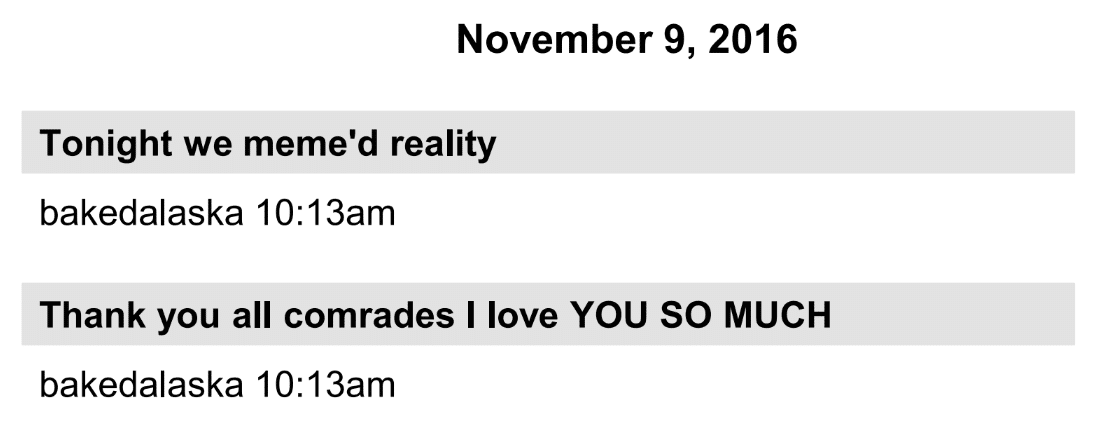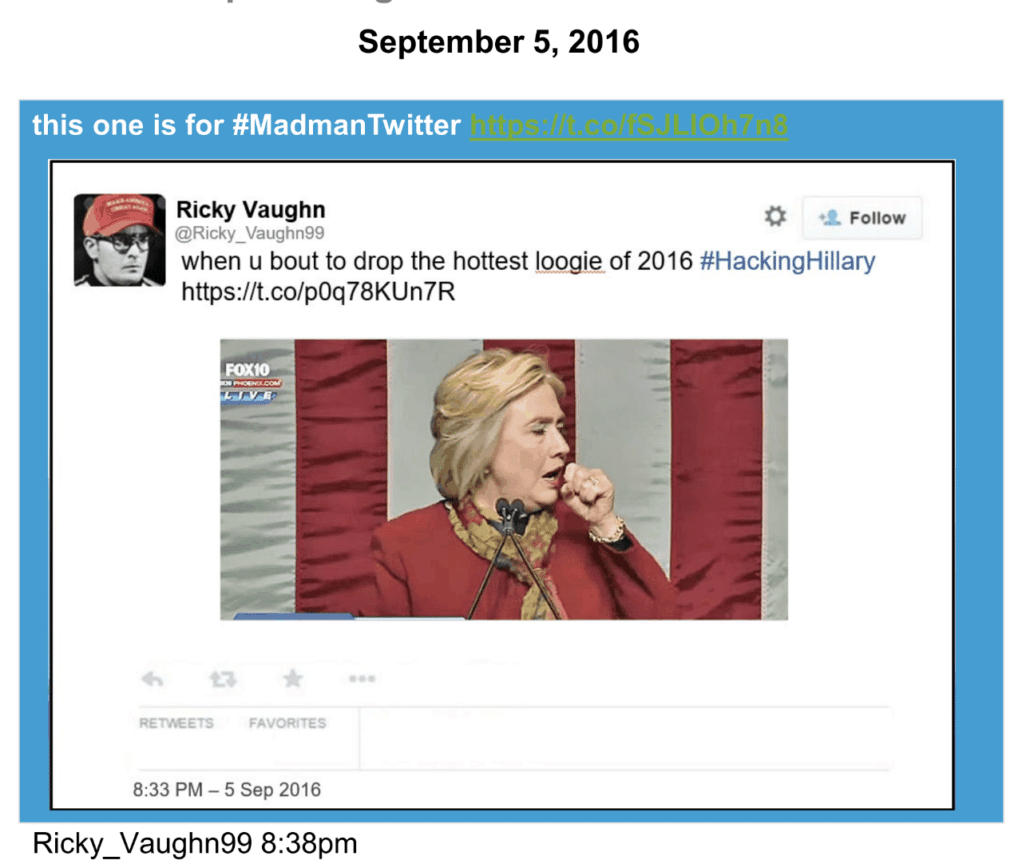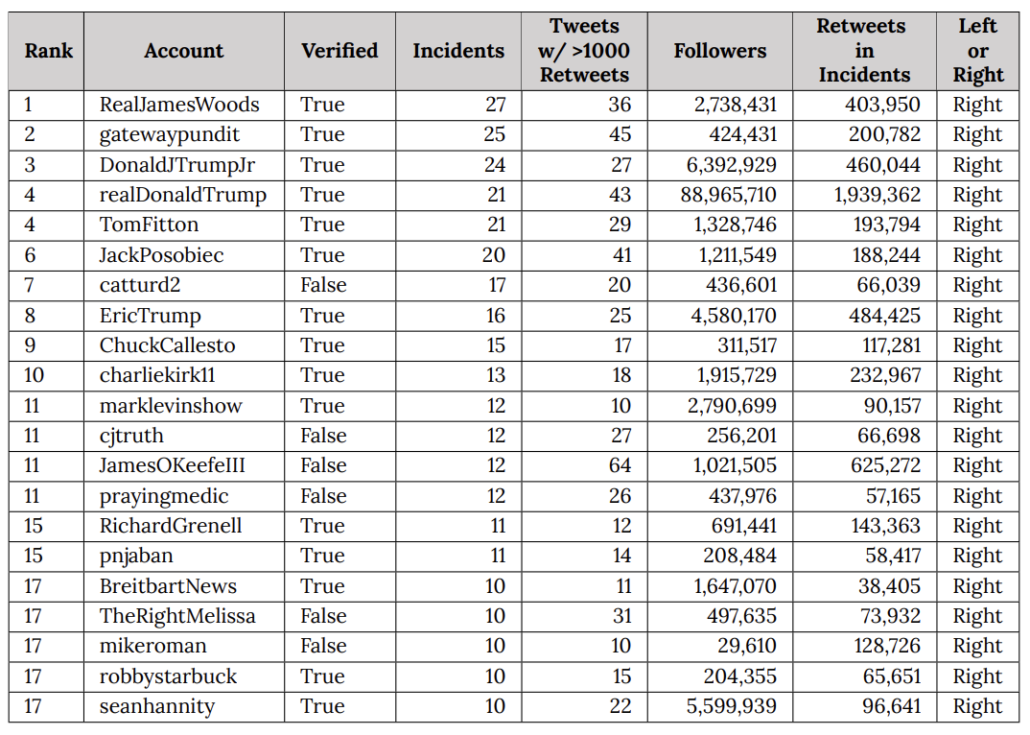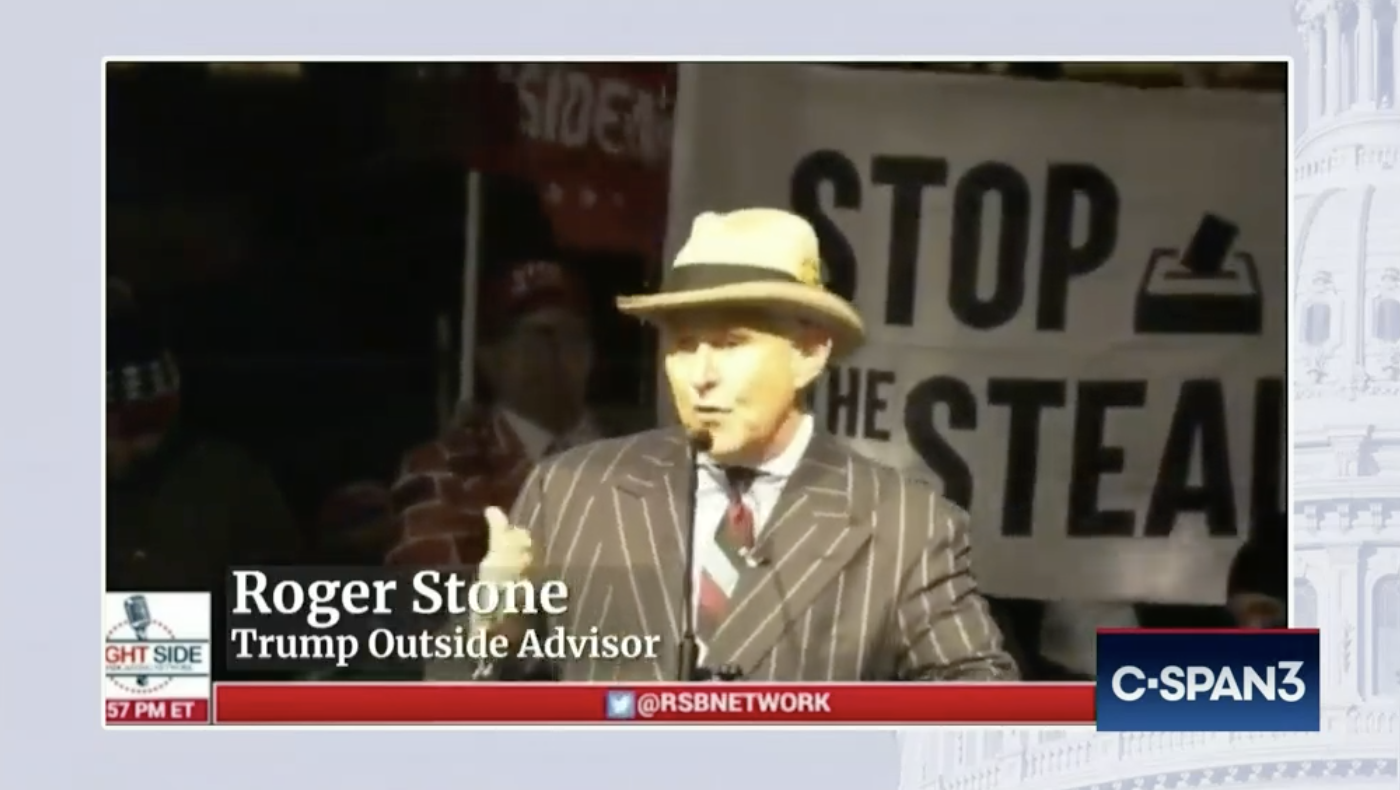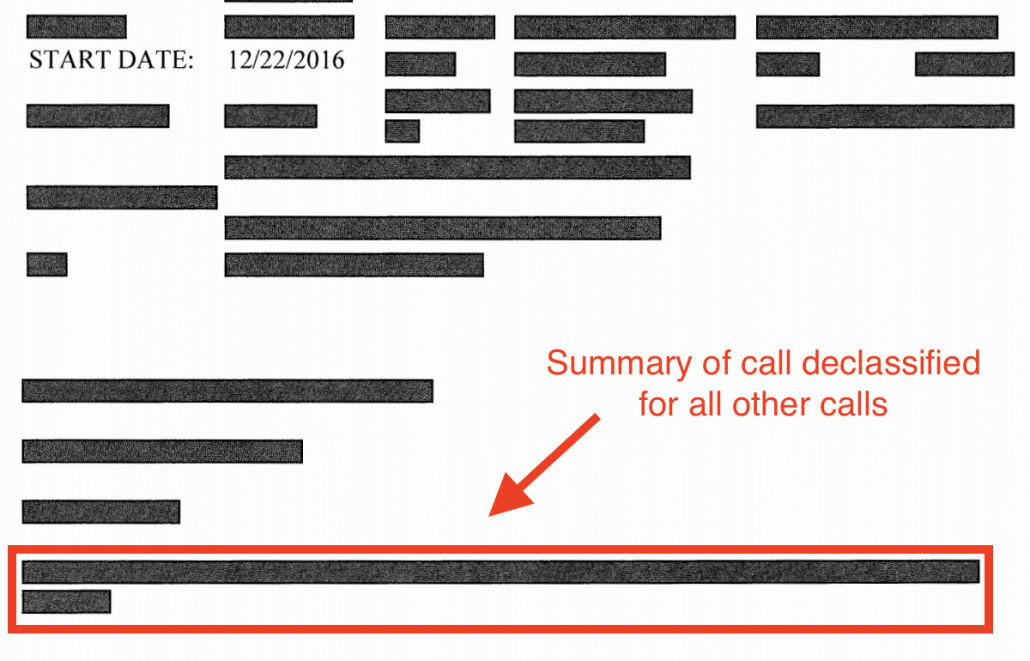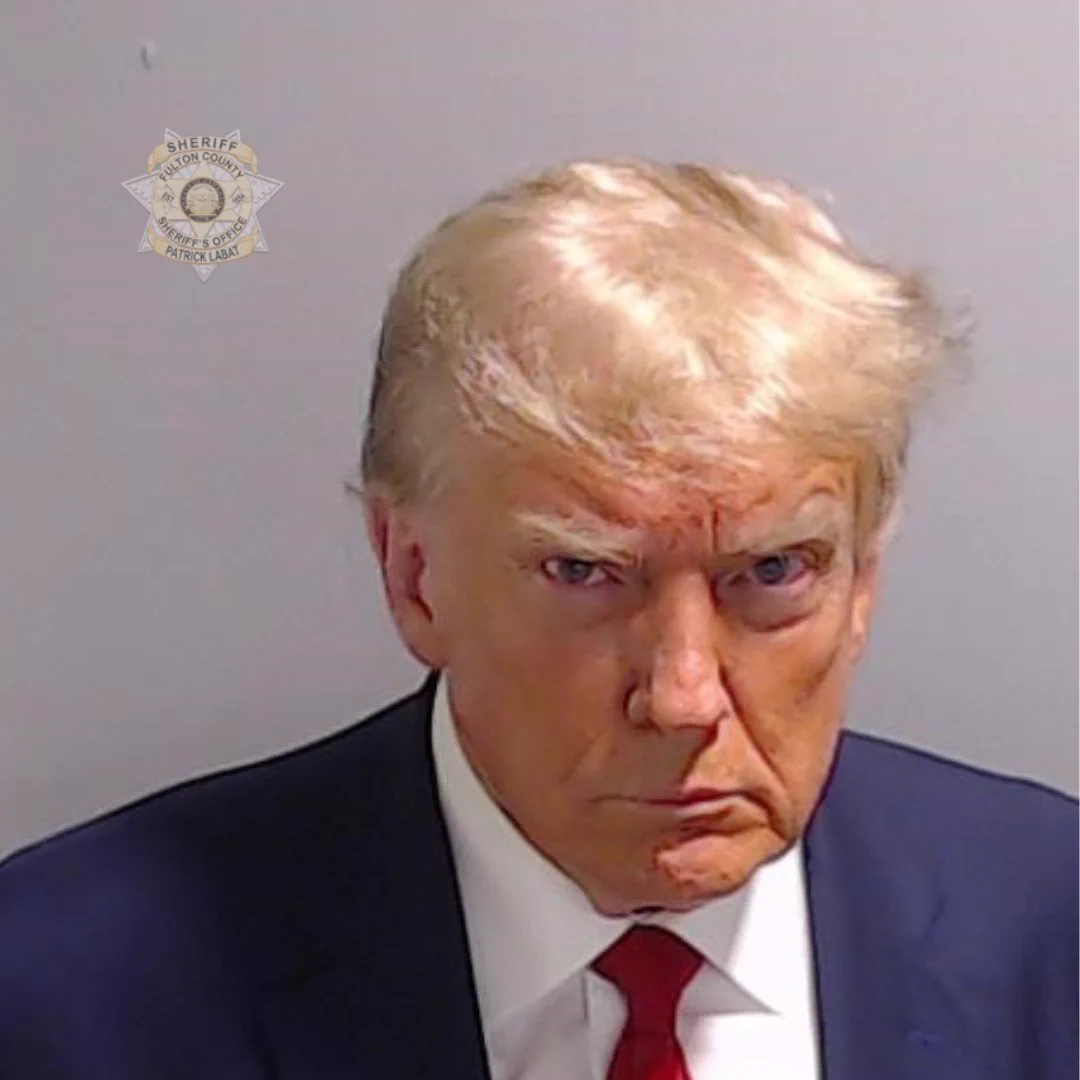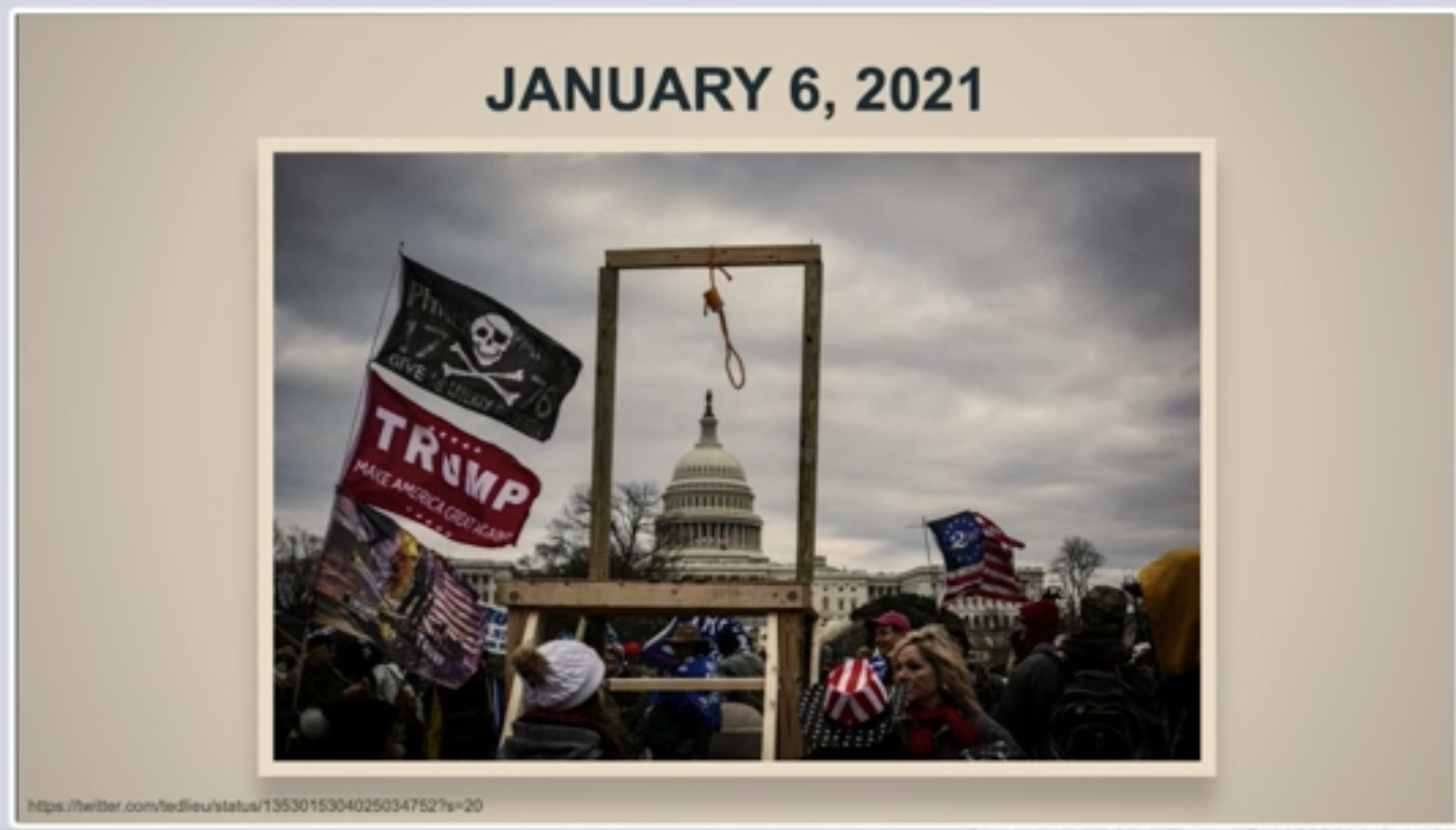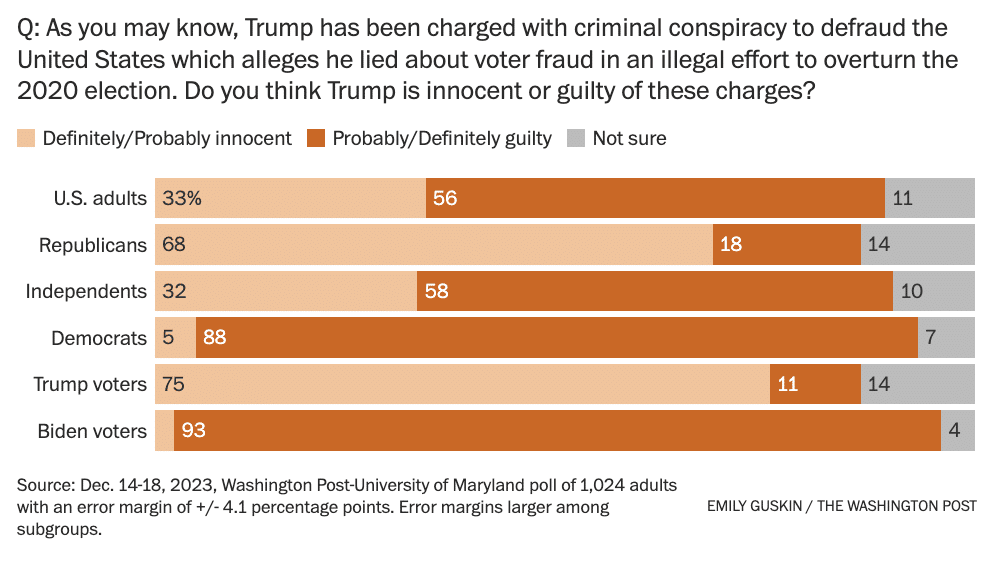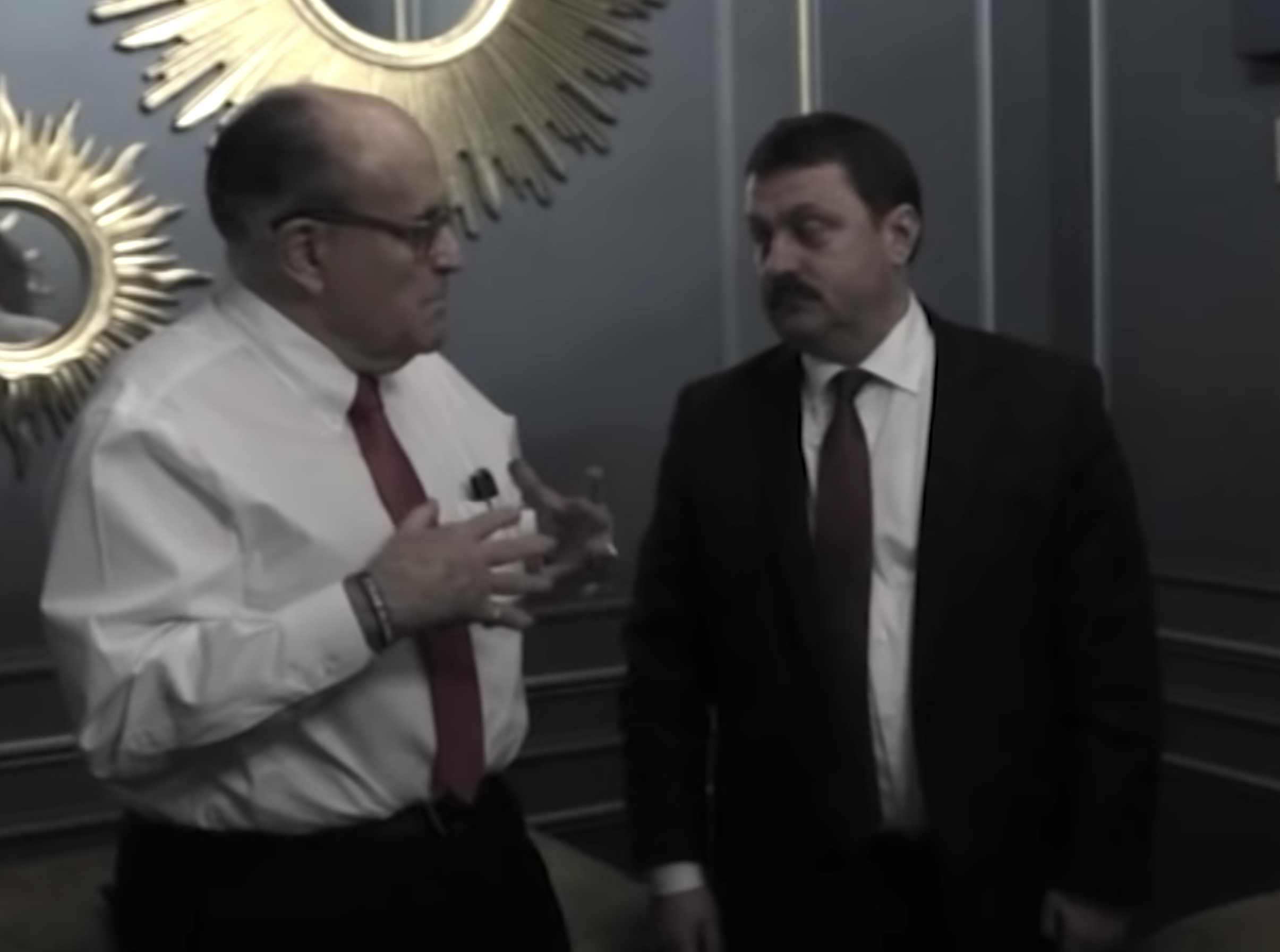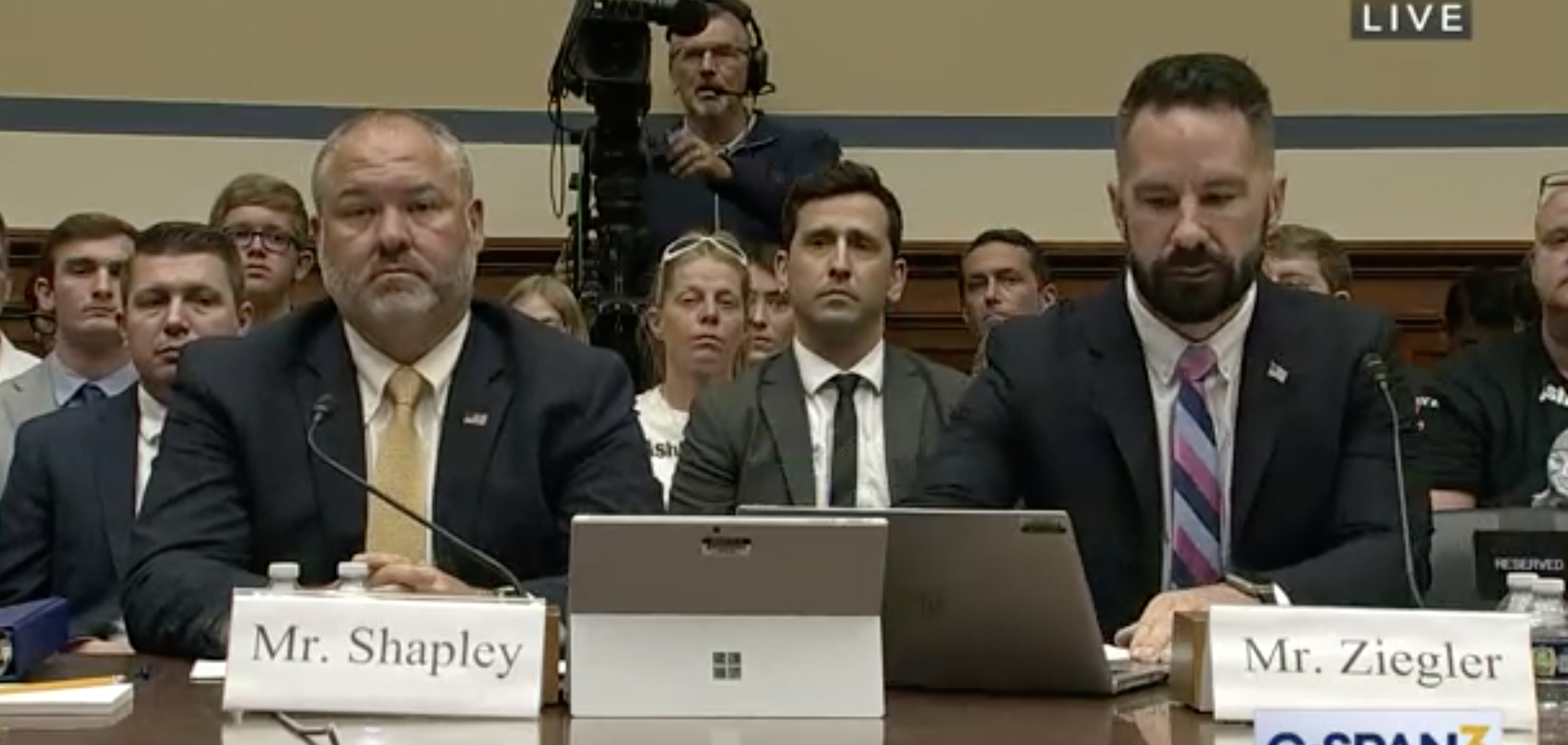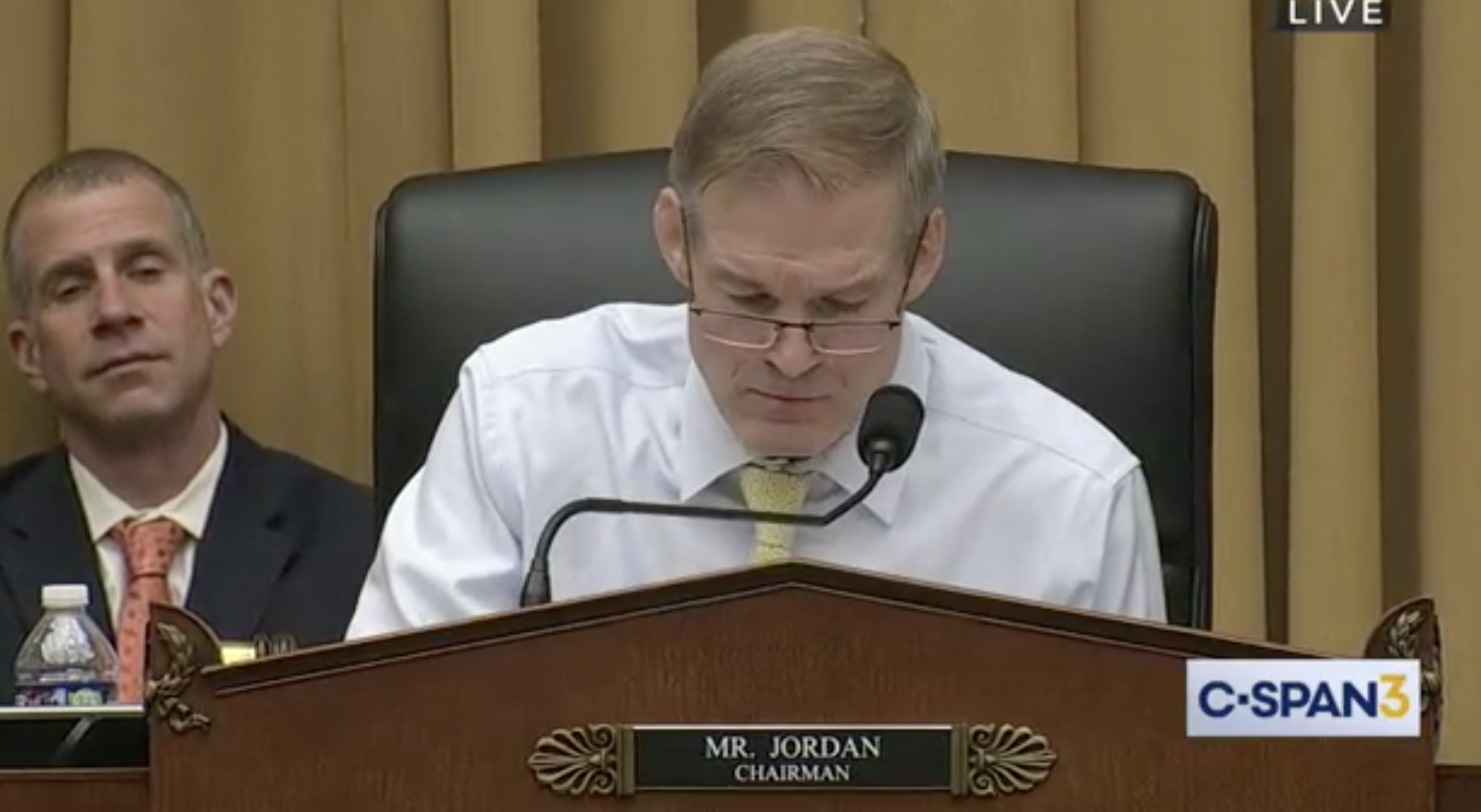The Non-Visible Networks behind the More Visible Networks of Fascism
There’s an RT posted at the Guccifer 2.0 Twitter account in 2016 that has always puzzled me: a stupid meme, posted on Labor Day, about what unemployed people do on Labor Day.
Virtually all Guccifer 2.0’s other public Tweets served to sustain a cover story about the hack-and-leak operation and its tie to WikiLeaks, disseminate stolen documents, or network with those who might be used to disseminate stolen documents. This RT does not do that — at least not obviously — and it deviates from the BernieBro culture adopted by the Guccifer persona up to that point. It suggests either there was an unseen tie to far right meme culture, or that someone had access to this account who was part of it.
The RT is especially interesting given that three different GRU indictments (DNC, Anti-Doping, Macron Leaks) adopt different approaches in discussing the dissemination of the documents stolen by GRU, which I’ve addressed here and here. In 2016, the Guccifer persona cultivated ties with Roger Stone and Alex Jones and released select files (on Black Lives Matter) to then-Breitbart, future-Sputnik writer Lee Stranahan. By the time of the Macron Leaks in May 2017, Jack Posobiec played an even more central, overt role in the leak part of the operation, via still unidentified Latvian account. But this meme suggests some other tie in real time.
Keep this RT in mind as you read the following discussion, about the extent to which much of what we visibly see in the Republican slide to fascism is just the public manifestation of a far more instrumental and far uglier infrastructure that exists in chat rooms.
Some of what we know about the 2016 state of that infrastructure comes from exhibits introduced at the Douglass Mackey trial. On the very same day Guccifer 2.0 RTed that meme, for example, the trolls in the Madman Twitter DM list were pushing memes to push a narrative, one picked up from Trump, that Hillary Clinton was unwell and might not make the election — a narrative about a Democrat replicated, with far greater success, in this election.
White nationalists plotted in private about how to get minorities to turn on Democrats. They explicitly focused on ways to affect turnout in ways that could swing the election.
As I’ve written here and here, the far right efforts to set a narrative that would (and did) help Trump win the presidency started over a year before the election. Both Andrew “Weev” Auernheimer — the webmaster for Daily Stormer — and Microchip worked hard in early months to professionalize the effort. They planned campaigns that would bridge from reddit, 4Chan, and The Donald onto Twitter, including efforts that started at Daily Stormer. This effort was transnational: the trolls reached back to efforts made during Brexit and looked ahead to EU elections, and planned to build a bigger bot army. They complained about Twitter’s shoddy efforts to moderate and plotted ways to defeat any moderation.
The effort by far right trolls to hijack the virality of Twitter to get mainstream journalists to echo their far right themes had at least two direct ties to Trump’s campaign. Anthime “Baked Alaska” Gionet, whom Microchip alerted when the FBI first came calling, claimed to be part of a Trump campaign Slack, to which he invited others.
More importantly, Don Jr has confessed he was part of this network (curiously, when the Mackey took the stand at trial, he claimed to know nothing about the identities of his unindicted co-conspirators. As I have noted, there’s a troll in that channel who used the moniker P0TUSTrump and whom other trolls called Donald that was pushing hashtags pushing stolen documents on the same days Don Jr was doing so on his eponymous Twitter account. From there, trolls like Microchip made them go viral. If P0TUSTrump is Don Jr, then, it shows that he was a key channel between WikiLeaks through this far right channel to make things go viral.
Between 2016 and 2020, people associated with this far right group orchestrated PizzaGate, may have had a hand in QAnon, and helped disseminated documents stolen by GRU from Emmanuel Macron. PizzaGate and QAnon served as powerful recruiting narratives. I’ve shown how Doug Jensen, the QAnoner who chased Officer Eugene Goodman up the Senate stairs on January 6, went from a lifelong union Democrat to hating Hillary to throwing away his life in QAnon to attacking the Capitol via that process of radicalization. Early prosecutions, at least, suggested that QAnon was actually more successful at getting bodies where they could obstruct the vote certification than the militias.
But even as that cult narrative of QAnon was radicalizing people from all walks of life, the same network was replicating networks of more overtly partisan, paramilitary mobilization.
I suppose I or someone else should draw a network map of this.
But we know that Roger Stone had a Signal list call Friends of Stone, which included among its 47 members Stewart Rhodes, Enrique Tarrio, Ali Alexander, and Owen Shroyer, along with anti-vaxxers, Bundyists, Mike Flynn associate Ivan Raiklin, and longtime aides Jacobs Engels and Tyler Ziolkowski (who, along with Tarrio, were both implicated in the meme targeting Amy Berman Jackson during Stone’s prosecution).
Both Rhodes and Tarrio ran parallel sets of communication leading up to the insurrection — more public, accessible communications, and more select lists (on Signal in Rhodes’ case and on Telegram in Tarrio’s) that planned for the operation. Unlike Twitter, Signal and Telegram would only be accessible to law enforcement after exploiting the phones on which they were used, and only then if the comms hadn’t been successfully deleted.
Tarrio would also be networked into the Latinos for Trump group, along with Bianca Gracia and Oath Keeper Kellye SoRelle, with whom he visited the White House in December 2020 and both of whom were present for the parking garage meeting Tarrio had with Rhodes on January 5, 2021. One court filing submitted in advance of the trial of the cop who allegedly tipped off Tarrio to his arrest shows Tarrio also has a “Christian Nationalist” group that officer Shane Lamond joined on November 9, 2020. Another filing shows how Lamond warned Tarrio about investigations into Harry’s Bar and the Proud Boys organizing on Parler.
Ali Alexander and Brandon Straka provided the January 6 Committee (entirely unreliable) descriptions of the all-important Stop the Steal threads on which Alexander organized — first — early mob scenes at state capitols and then events around January 6 itself (though unlike Alexander, who fully attributed getting the brand from Roger Stone, Straka disclaimed knowledge of all that). Straka did acknowledge that Paul Gosar had ties to the Stop the Steal effort. The sentencing memorandum for Alan Hostetter, a key player in the SoCal anti-vax community with ties to 3Percenters, actually contacted Alexander on December 16, 2020, to suggest Stop the Steal organize a rally for January 6, though it’s not clear via what channel he knew him. While the leaders of the Stop the Steal effort were on Twitter until a late move to Signal (again, if we can believe unreliable J6C testimony), it spawned a massive viral effort on other platforms, including Facebook.
In addition to being the big draw for the donation from Publix heir Julie Fancelli, Alex Jones has his own media infrastructure. Organizers claim some percentage — a fifth or a third — of those at the Capitol were there for Jones, not Trump. Like Alexander, he also mobilized the earlier mobs in the states.
It’s not entire clear how Baked Alaska continues to fit into this network. But in order to avoid felony charges (as Straka had earlier), he reportedly agreed to share the kind of network information that would further elucidate these networks.
And that network of lists and threads maps onto this one, the list of people who, in 2020, were the most effective at spreading disinformation on Twitter.
We just don’t know via what chat rooms and threads they map, who else is in that map, and what international ties they have.
What kind of chat rooms did Don Jr inhabit, four years after he networked with Douglass Mackey, that helped him direct a broader network to make false claims go viral? Today, as Ric Grenell — Trump’s troll turned Ambassador to Germany turned Acting Director of National Intelligence — returns from supporting a coup attempt in Guatemala, what international networks was he mobilizing?
I’m always most fascinated by the role of Mike Roman on this list, punching well above his modest Twitter following of 29,610 people. Roman, a charged co-conspirator in Trump’s Georgia indictment, is claiming Fani Willis has a conflict arising from a personal relationship with one of the prosecutors she brought in for the case. He’s often thought of someone who ferried documents from fake electors around, but before that he was a kind of internal intelligence service for Trump targeting Republicans, and before that, the Kochs. Like Grenell, he has branched out to push far right policies internationally, in Canada. None of those activities, however, explain what chat rooms he was in that allowed him to help spread the Big Lie in 2020. They must exist, and yet they’re not yet visible.
Mike Roman is one of the Trump associates whose phone DOJ seized before Jack Smith was appointed. To the extent he didn’t delete them, that should disclose his networks to prosecutors.
As I noted above, increasingly, these networks have moved to platforms, especially Telegram and Signal, that are harder to investigate, particularly without advance notice. It took years (starting before January 6, with the seizure of Tarrio’s phone, which nevertheless took a full year to exploit) before the government had collected at least three sets of the Friends of Stone list.
That’s true even though some network effect — whether including anyone named here or not — likely explains a swatting campaign that has targeted:
- Tanya Chutkan
- Arthur Engoron
- Jack Smith
- Fani Willis
- The White House
- Maine Secretary of State Shenna Bellows
While not all targets are seen as adversaries of Trump, or even Democrats, his top adversaries have been targeted. The swatting campaign is, at a minimum, terrorism (and could be part of a campaign to do real violence).
And there’s a non-zero chance that behind it is the same kind of non-visible infrastructure the far right has been professionalizing for a decade.
My effort to describe how Trump trained the Republican party to hate rule of law will describe the visible aspects of that effort. But behind it all, these non-visible networks form an integral part of the effort.
Update: Took out reference to Pepe.
This post is part of a Ball of Thread I’m putting together before I attempt to explain how Trump trained Republicans to hate rule of law. See this post for an explanation of my Ball of Thread.

